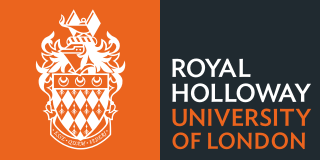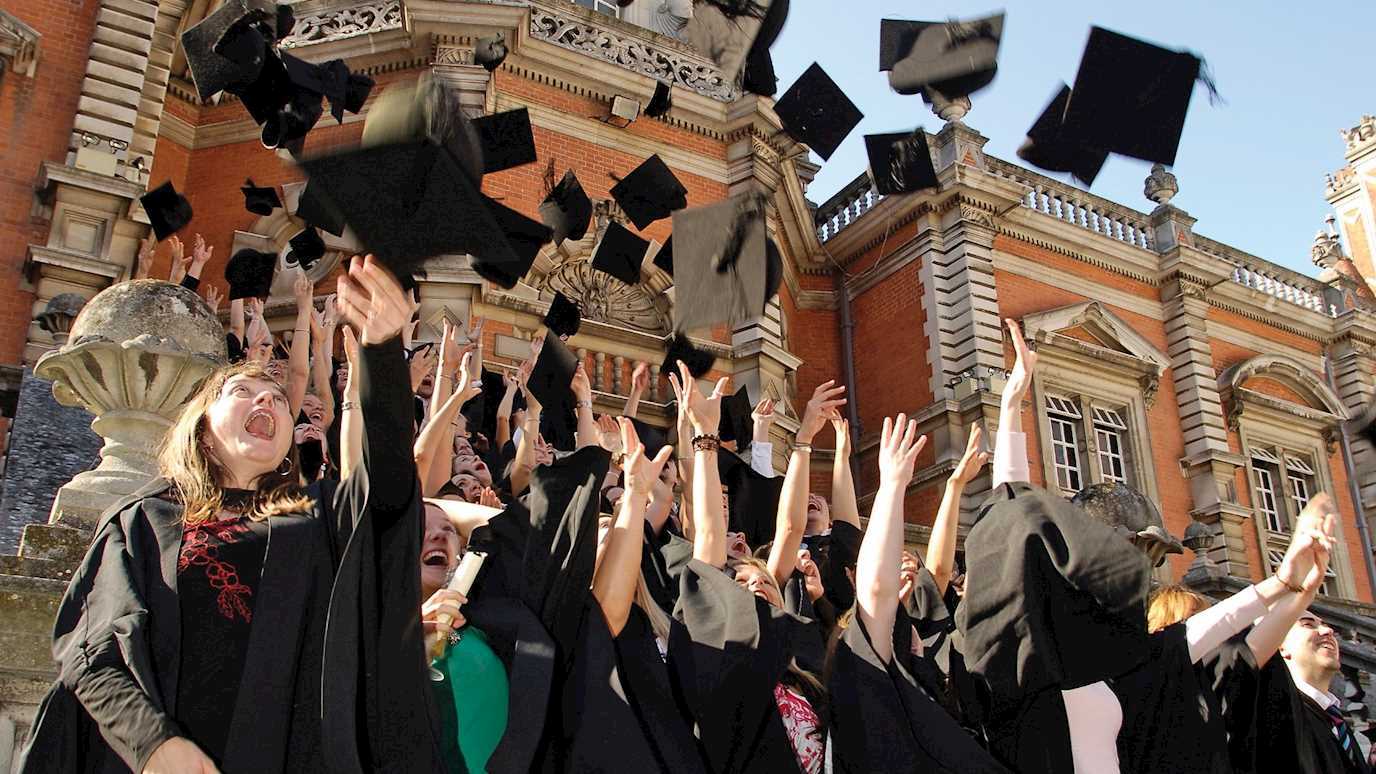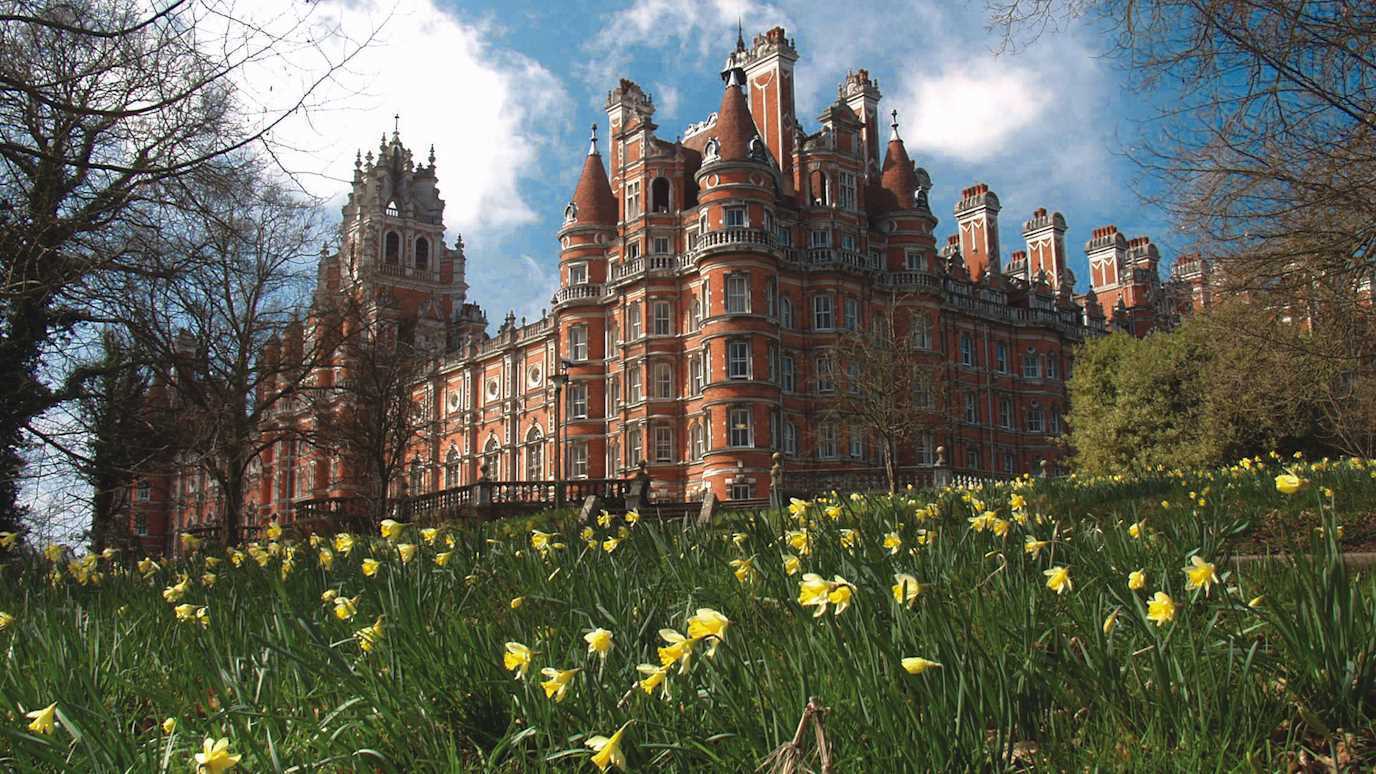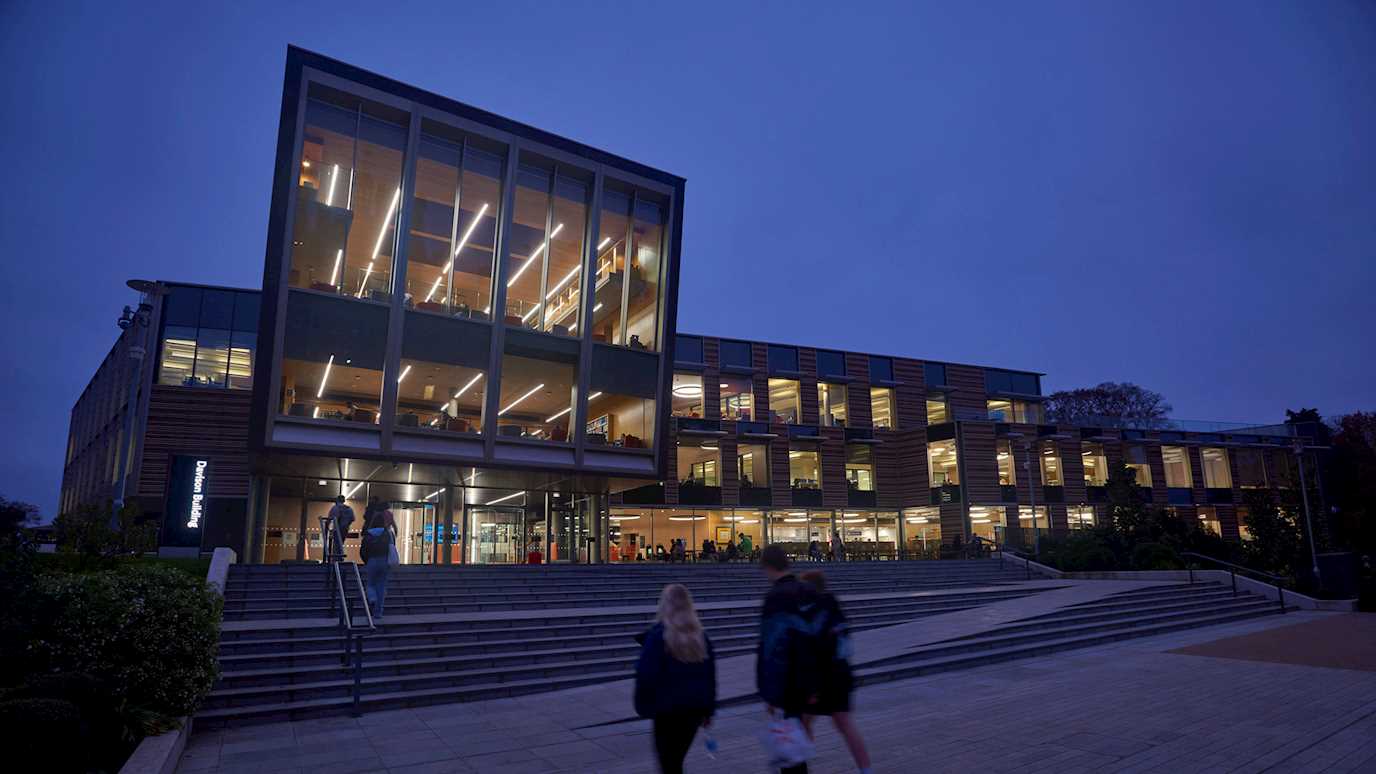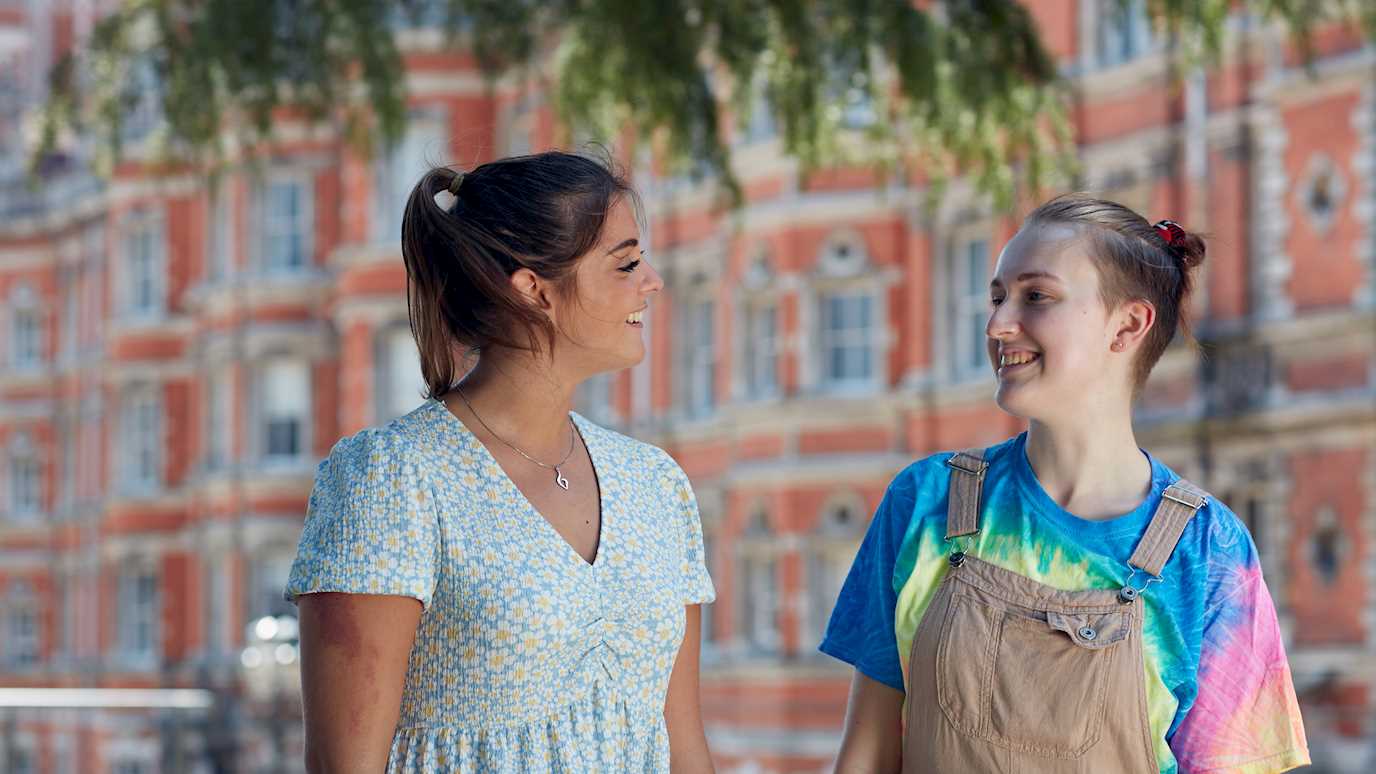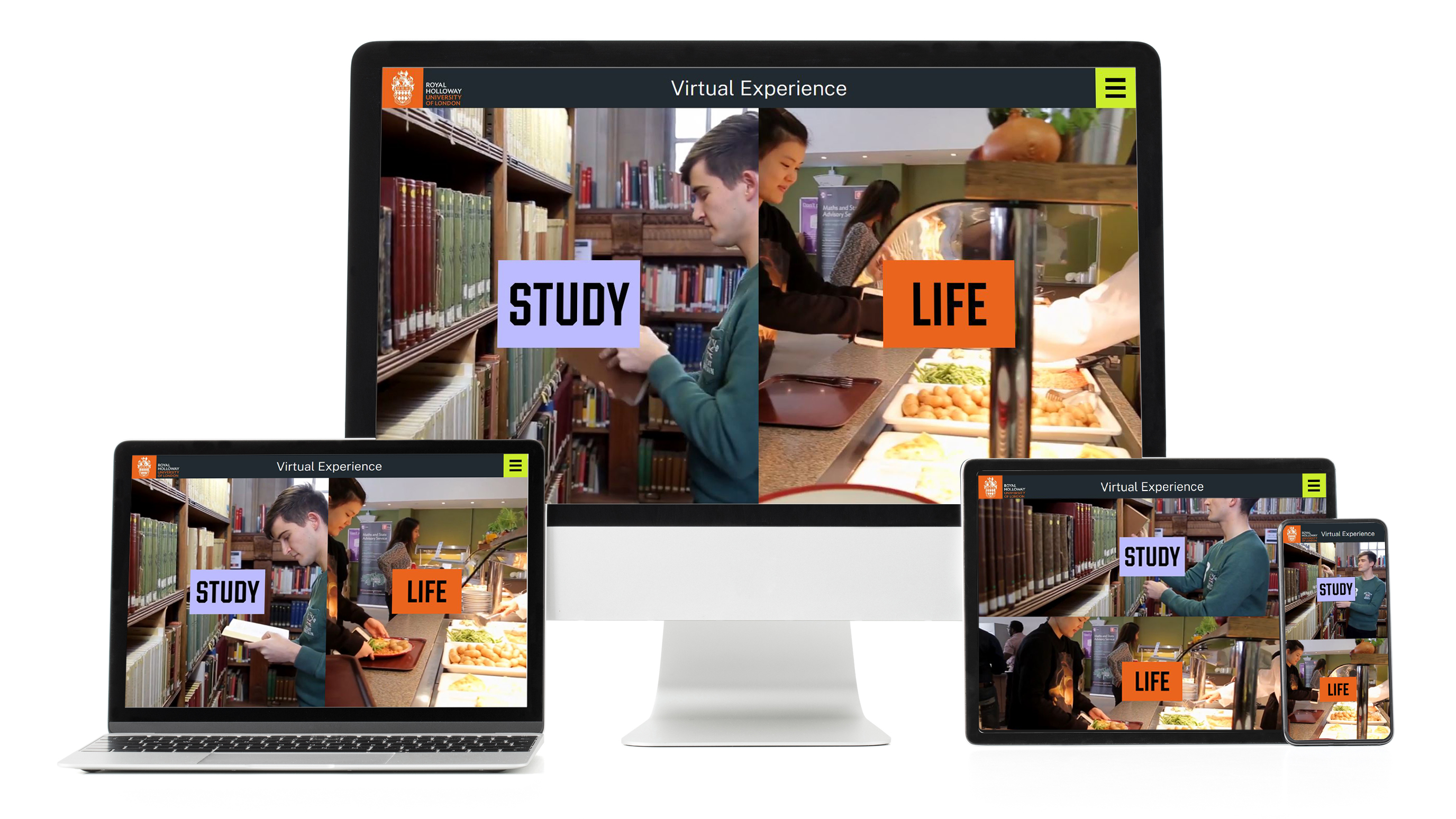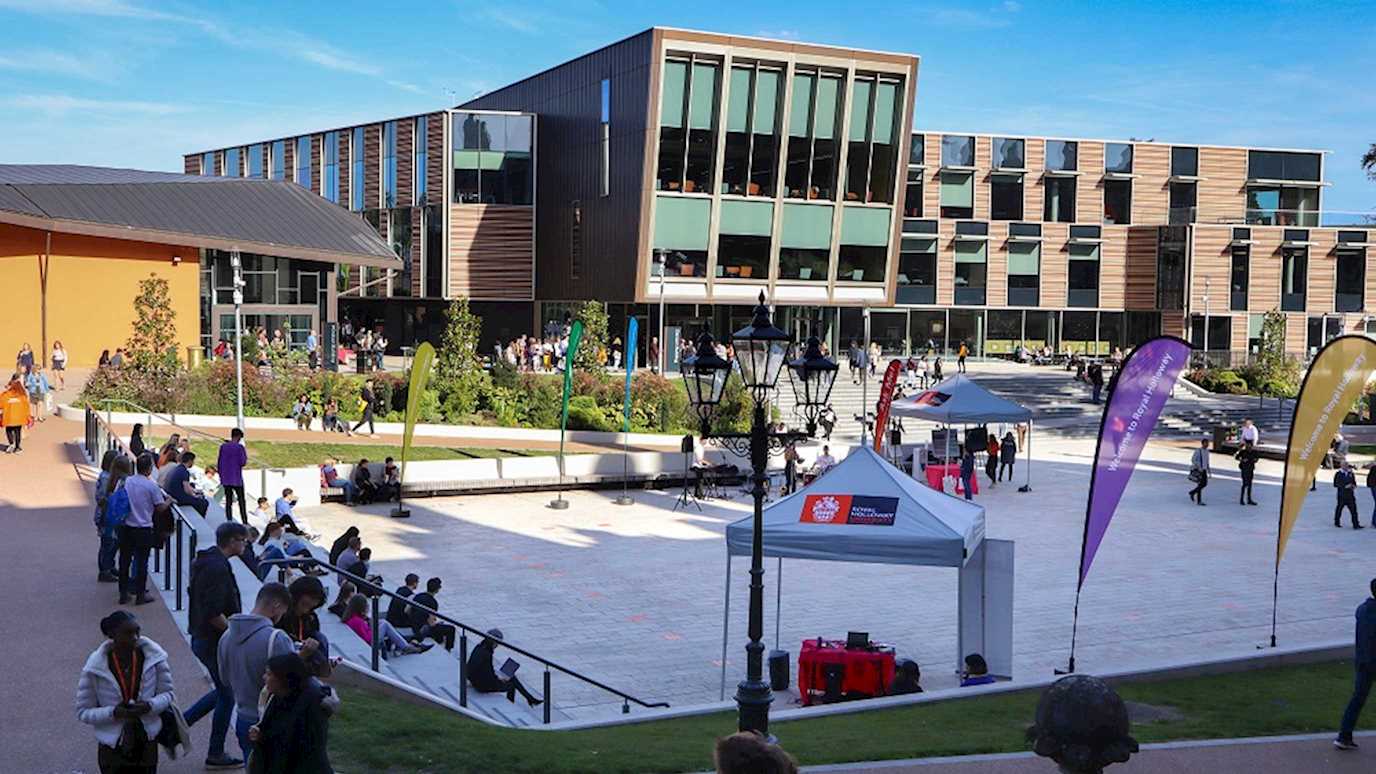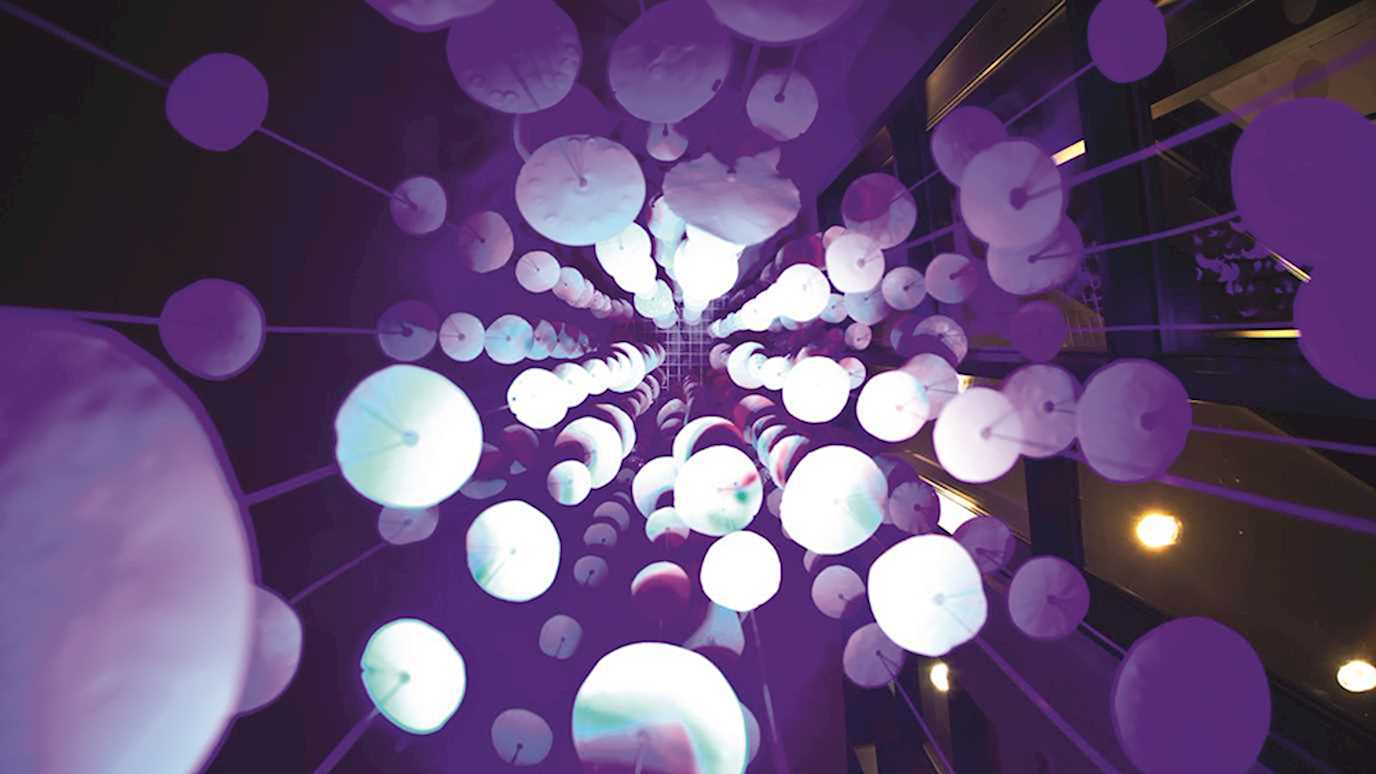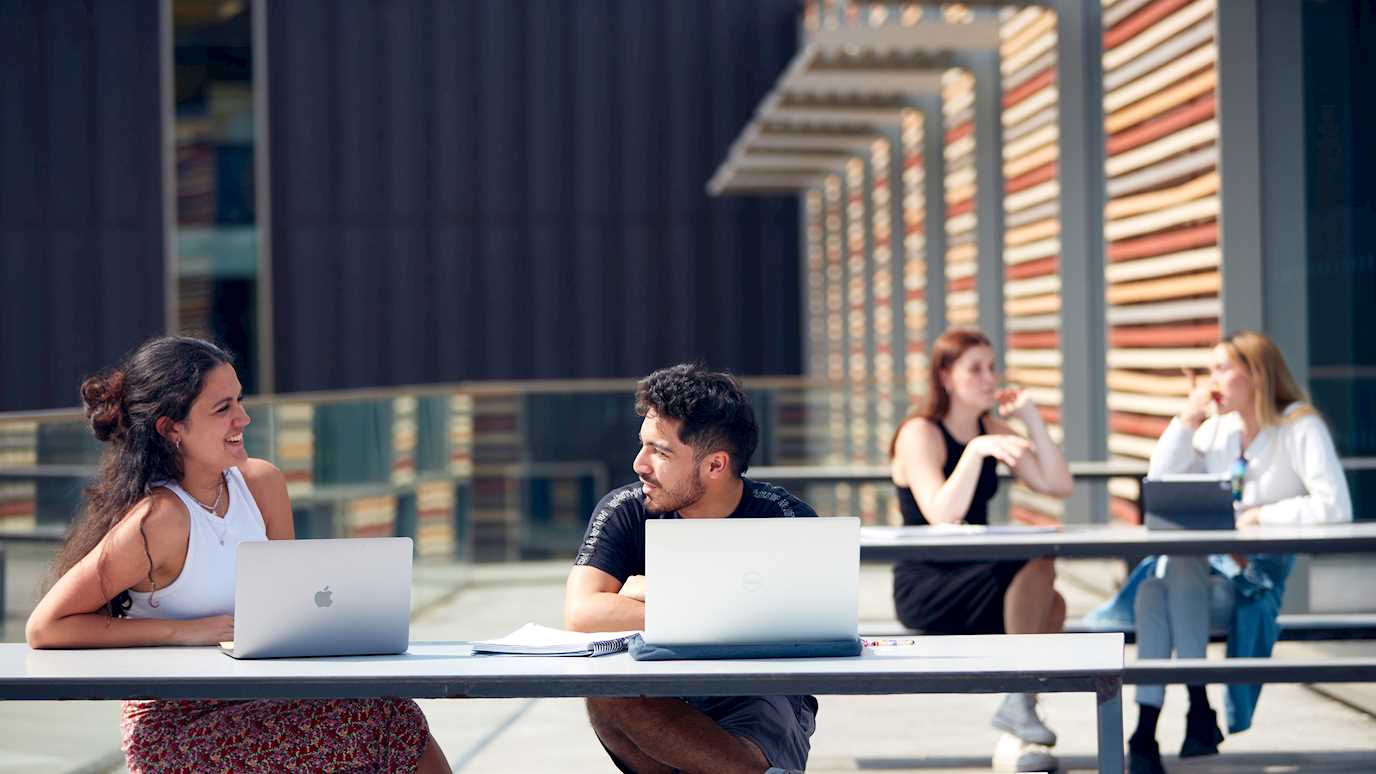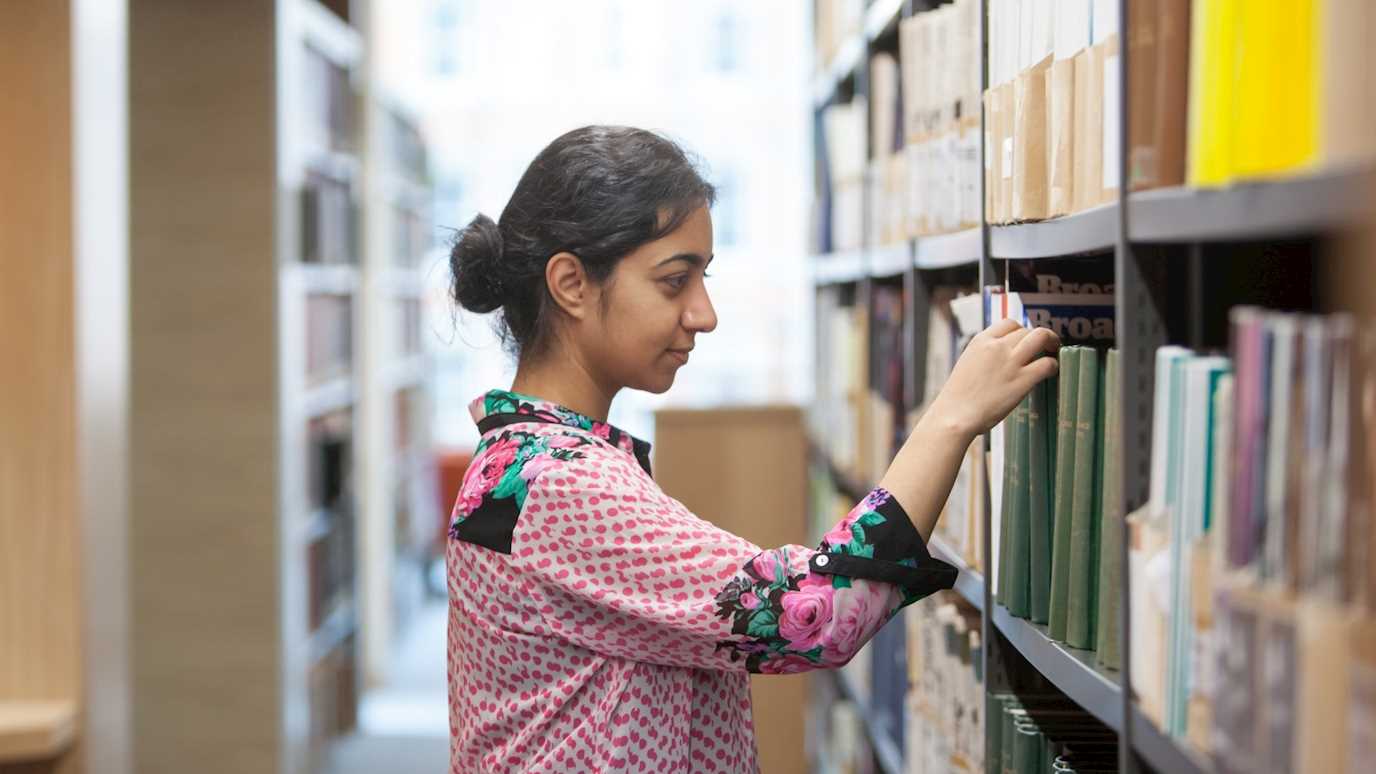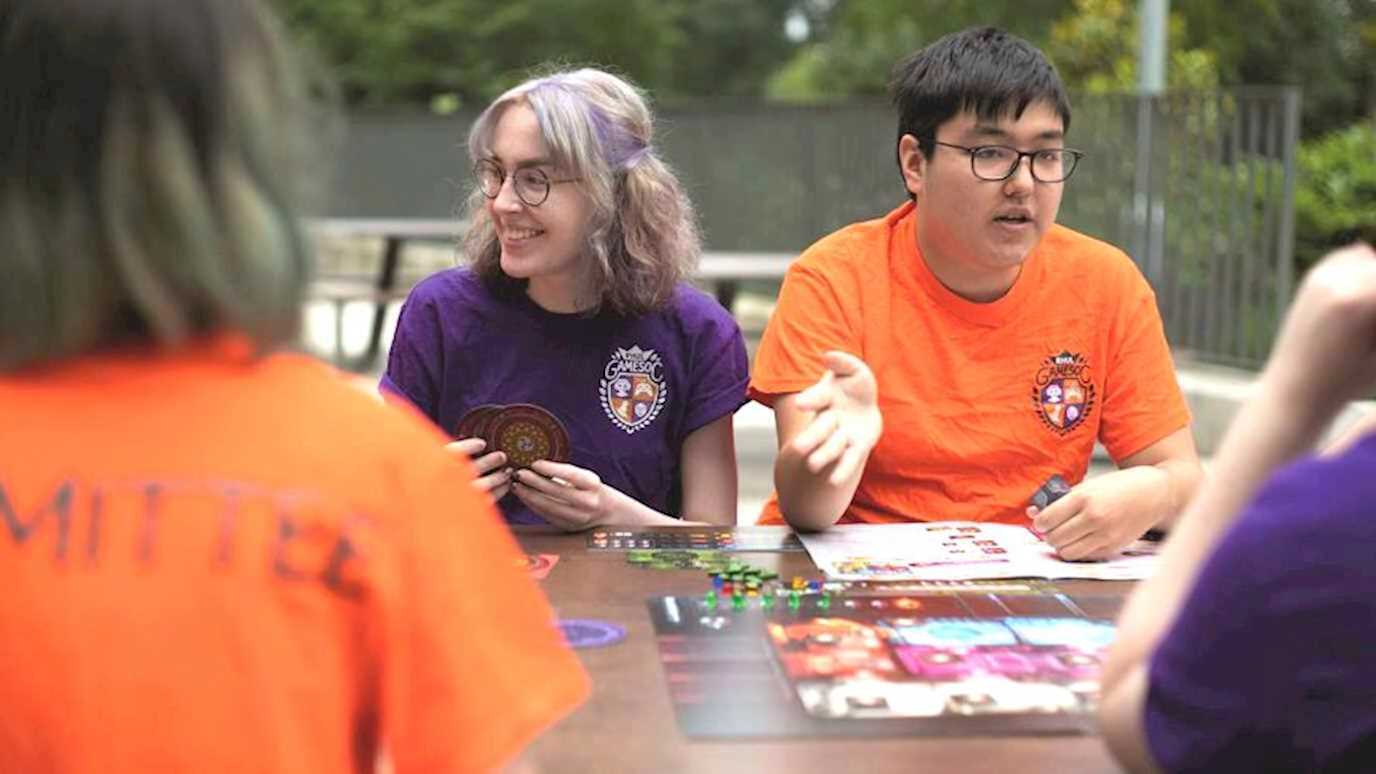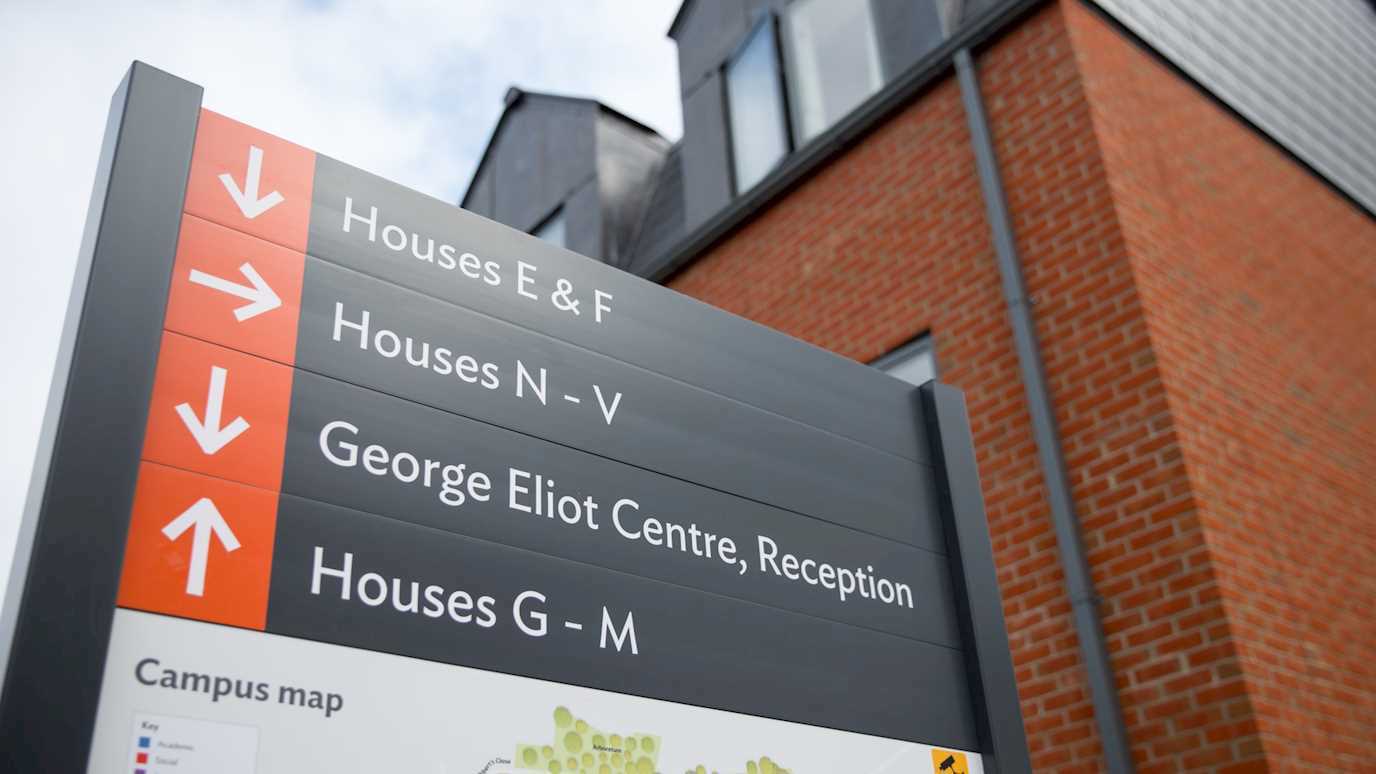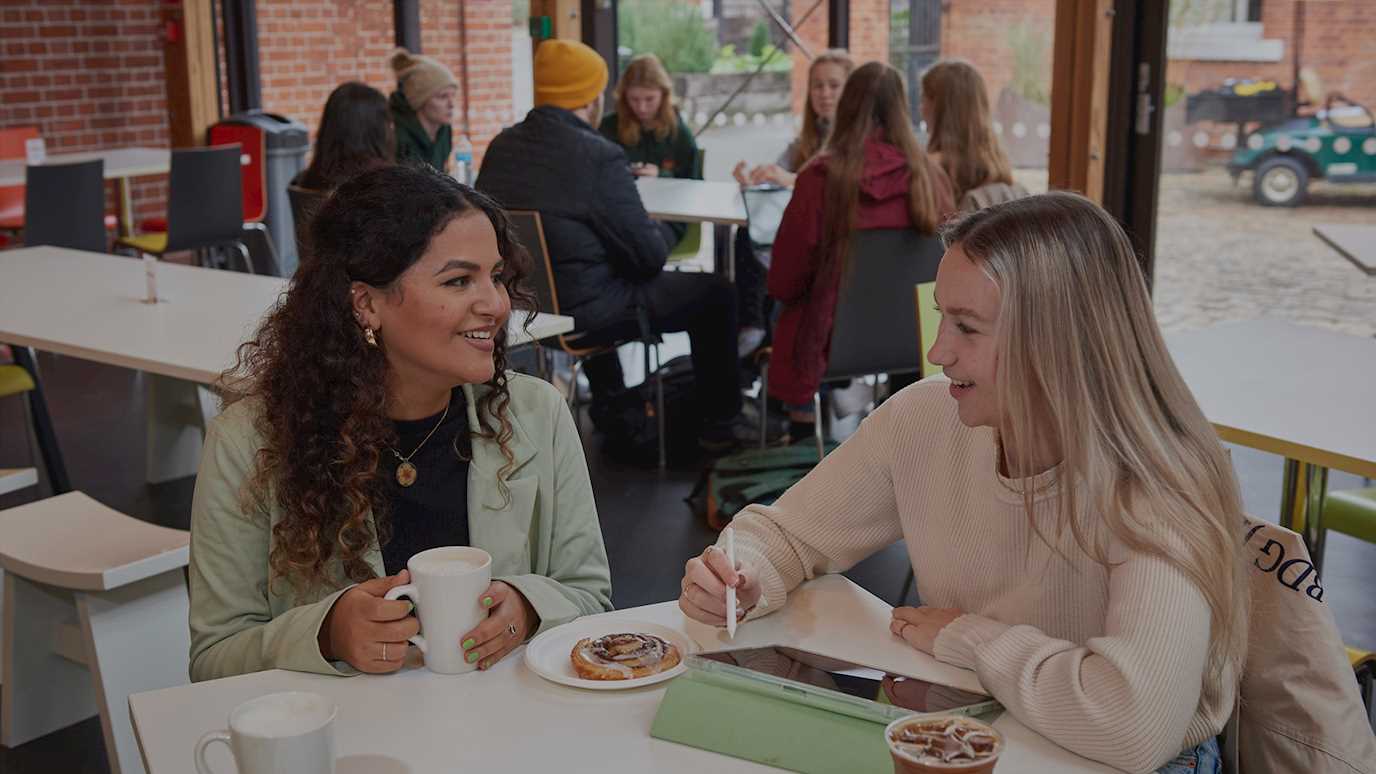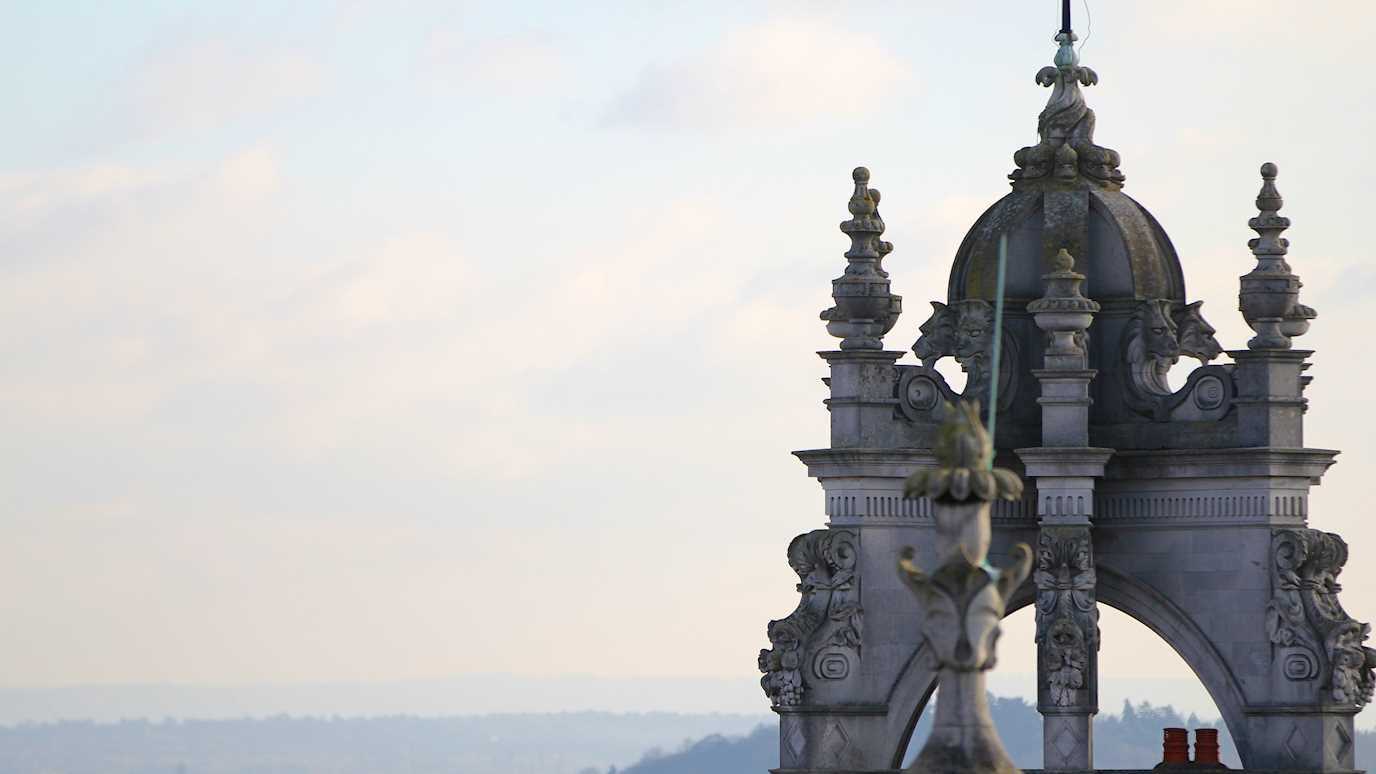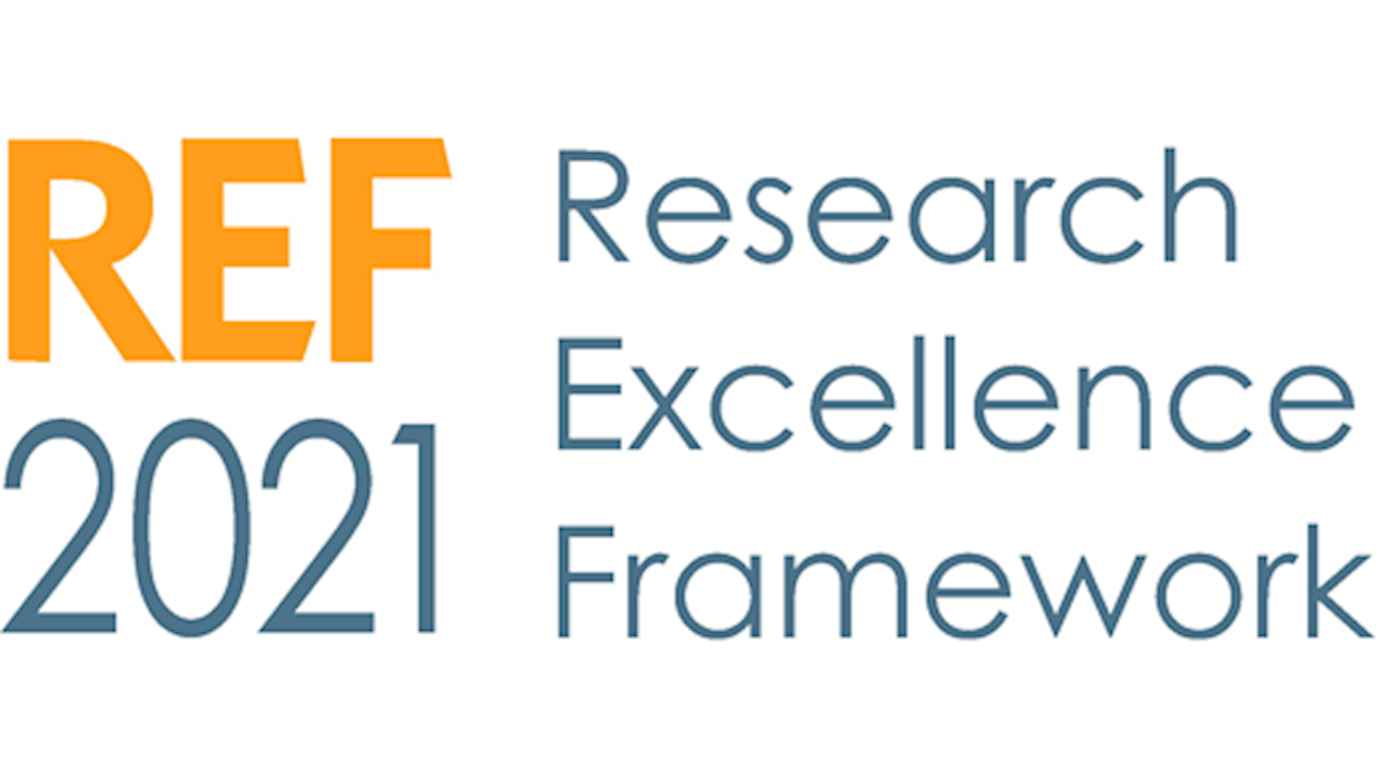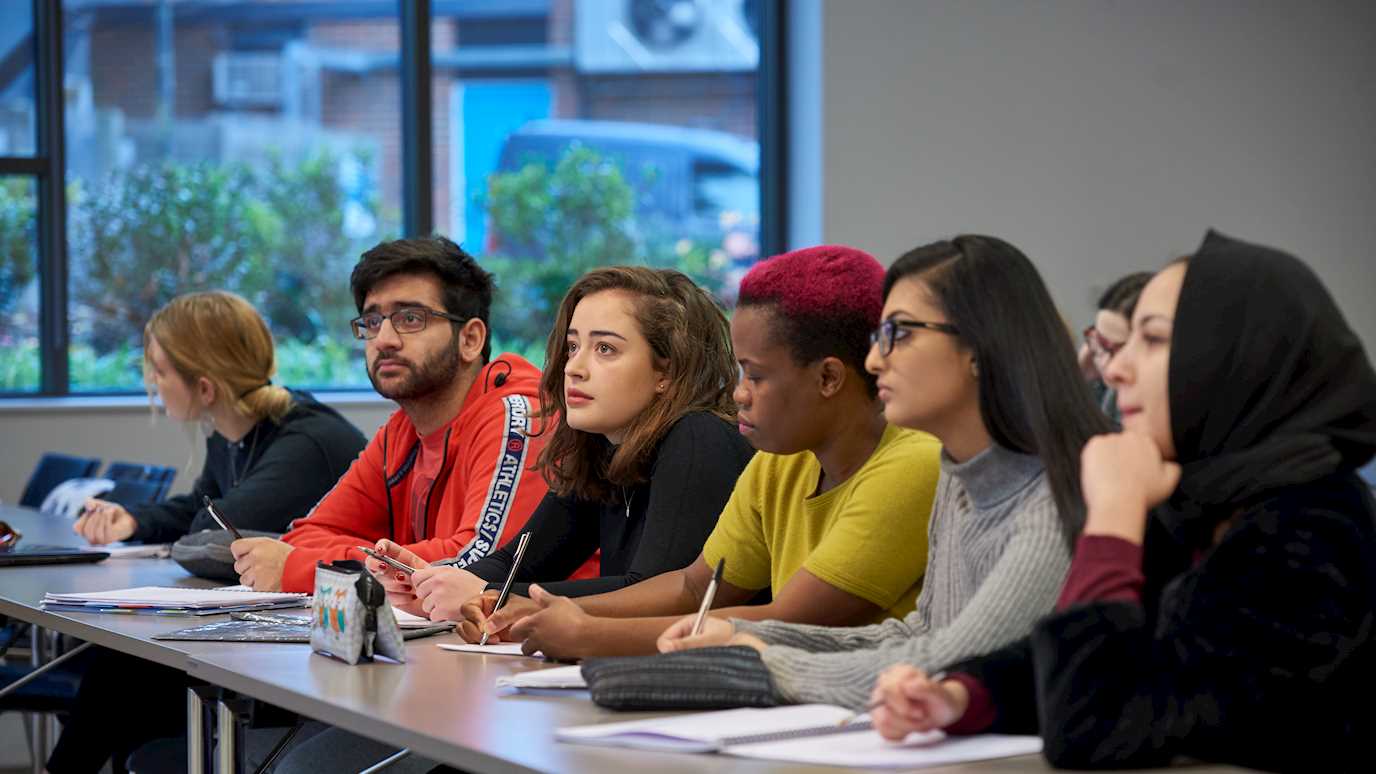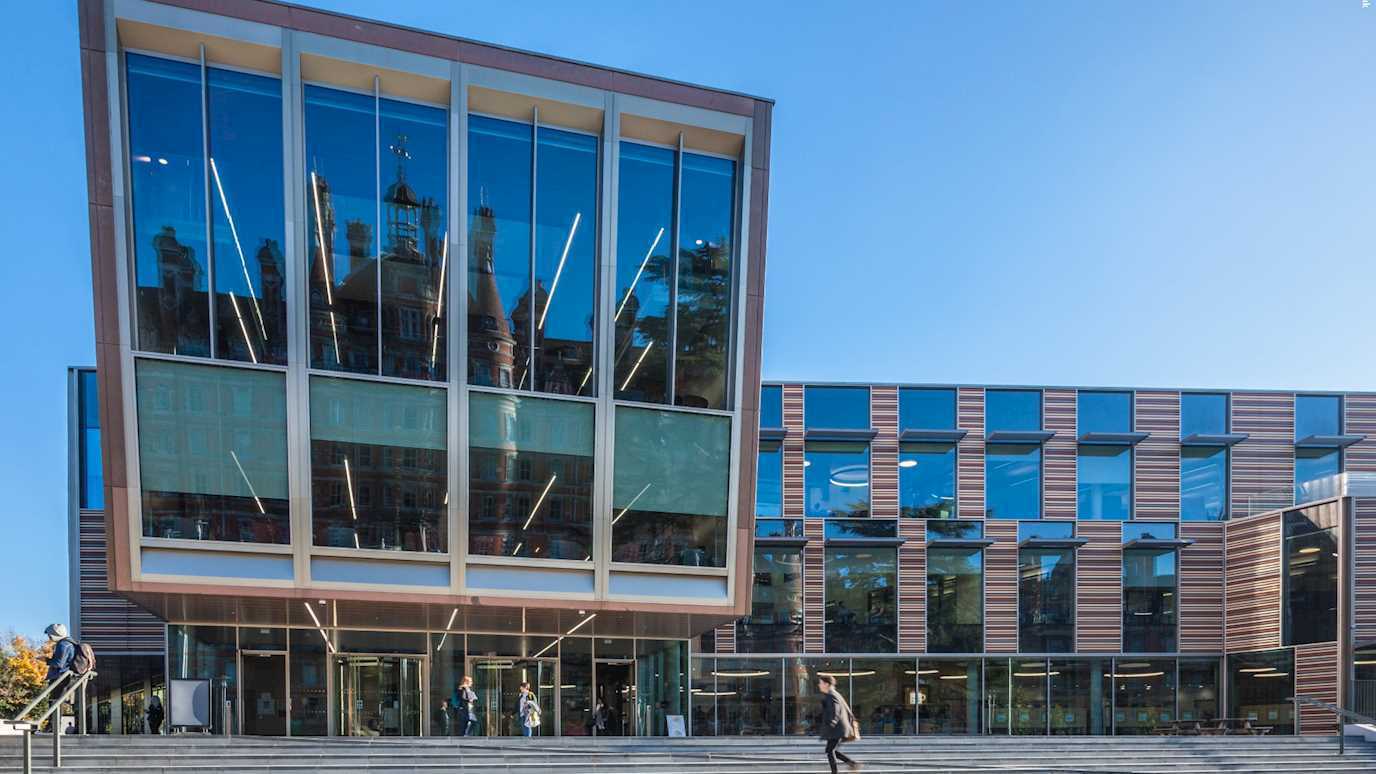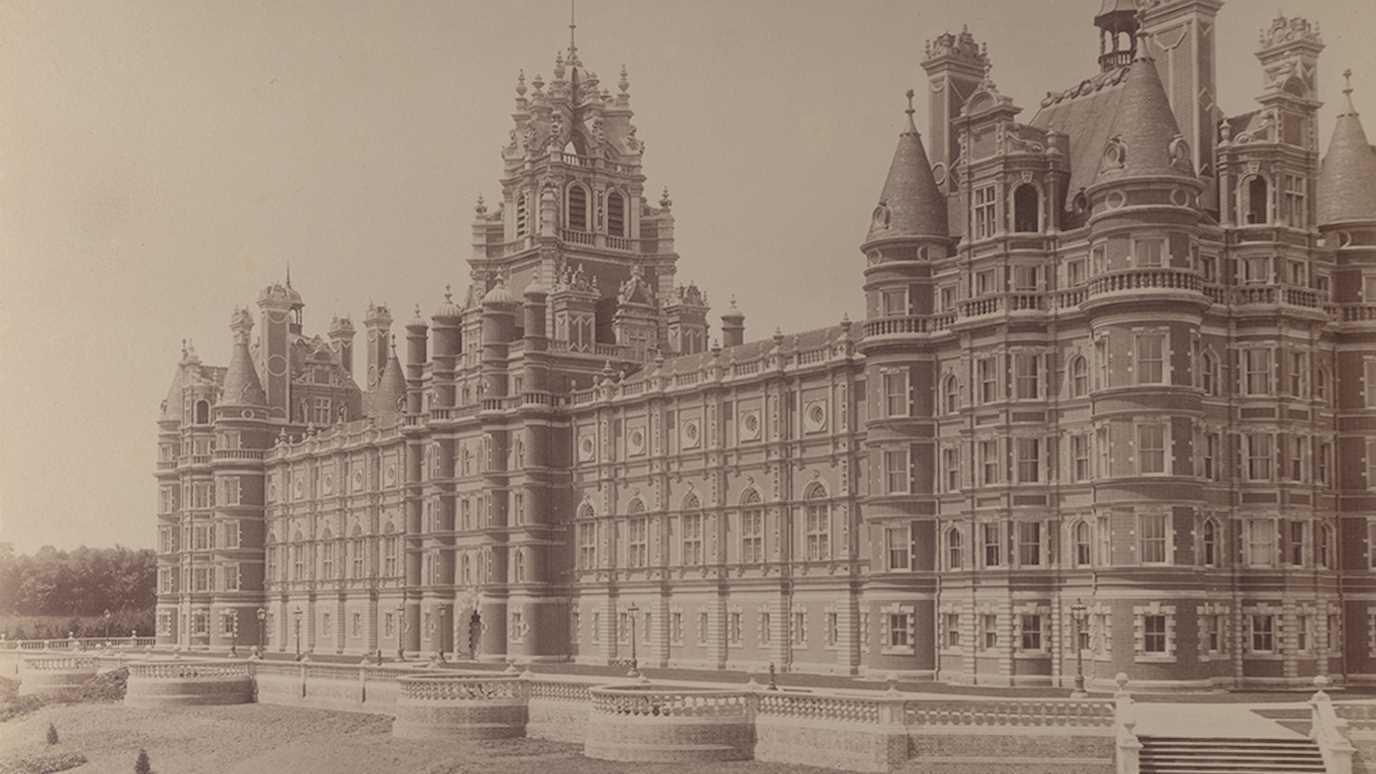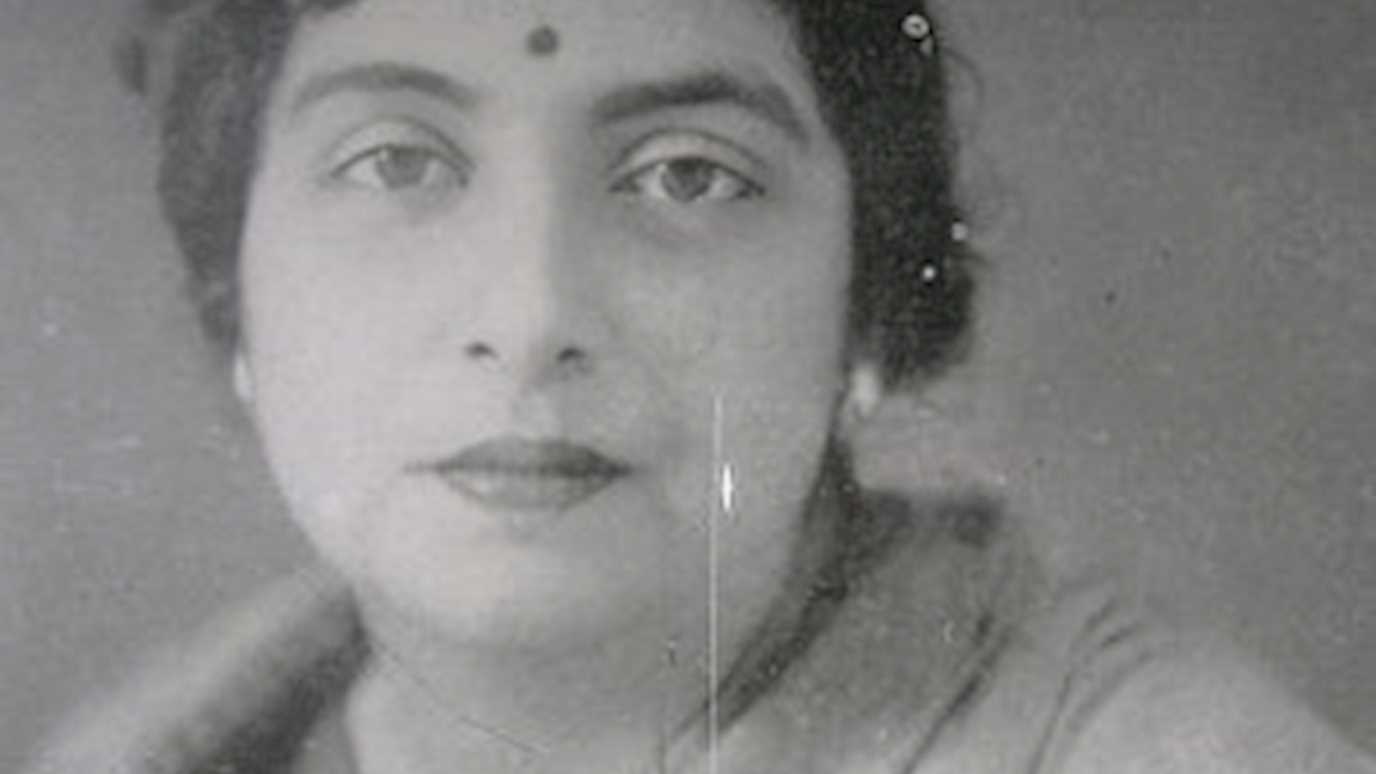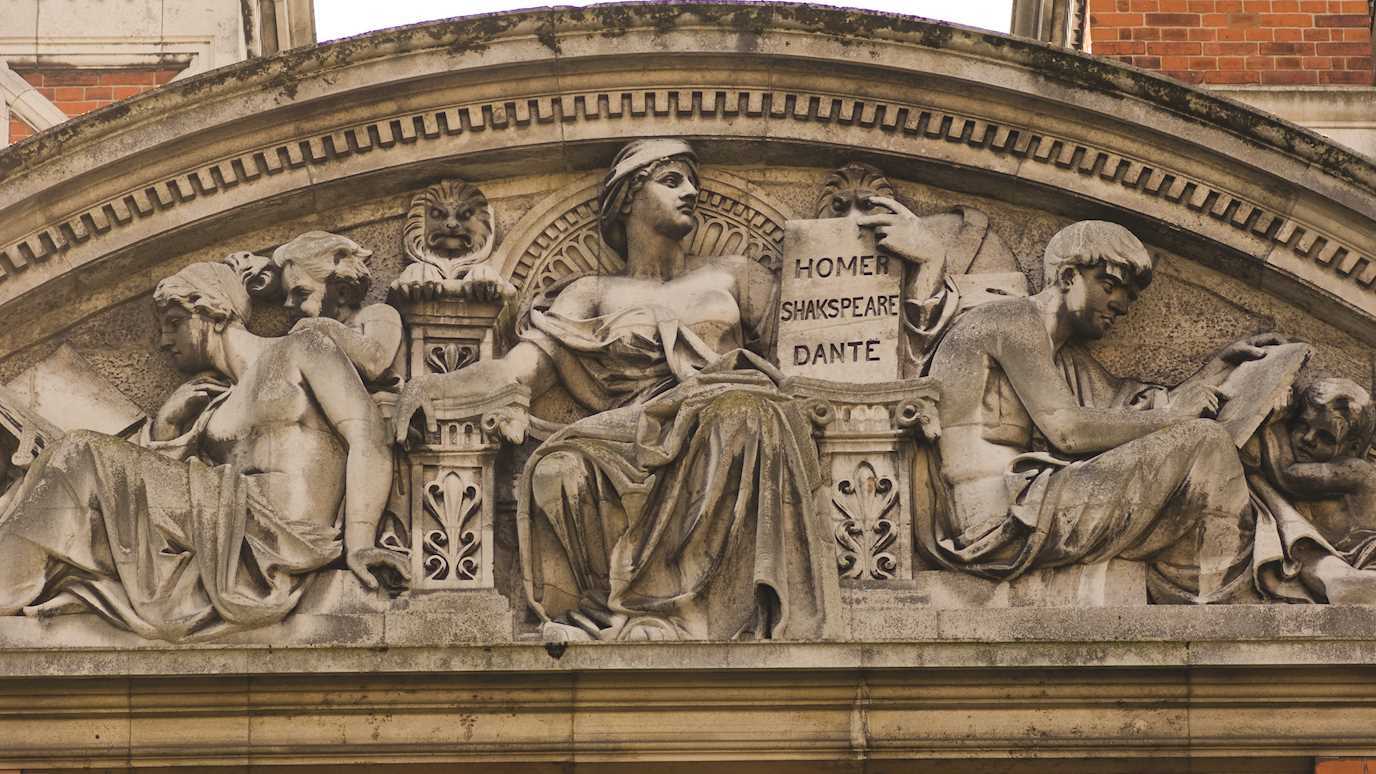This annual research seminar between the Centre for Visual Cultures and the Royal College of Art provides an opportunity for postgraduates from both institutions to present their research, try out some ideas for a conference paper, and benefit from immediate feedback and discussion with other doctoral researchers and colleagues in a friendly and constructive environment.
This year there will be six PGRs presenting their research in 10-minute slots, followed by a Q+A. The Q+A will give all participants and attendees a valuable opportunity to develop professional skills in engaged critical debate and dialogue.
Below are the details of the six presenters, including a brief biography and abstract.
This exciting research event takes place online via Teams and is open to all.
Microsoft Teams Need help?
Meeting ID: 318 861 855 054 1
Passcode: Zm6g9dq9
We look forward to seeing you there!
--------------------------------------------------------------------------------------------------------
Max Fletcher (English & Media Arts, Centre for Visual Cultures, Royal Holloway, University of London)
Max is an artist and current first-year PhD student at Royal Holloway, University of London. His work is rooted in the space between literary form and political representation and currently focuses on the political and often experimental forms of children’s literature that emerged in Italy after Fascism. He studied at Central Saint Martins, Beaux-Arts de Paris and at The Ohio State University, where he was a Teaching Fellow. From 2019-2021 he was an artist in residence at the British School at Rome. Recent exhibitions include The Independent at MAXXI Museum of Art (Rome, IT), John Moores Painting Prize at The Walker Art Gallery (Liverpool, UK), Fuori le Mura at Lido di Ostia (Ostia IT), Mostra at The British School at Rome (Rome, IT) and The Bears’ Famous Invasion at Rib (Rotterdam, NL). Upcoming exhibitions include at the Museum de Lakenhal in Leiden.
Max writes: My research addresses children’s political literature in Italy after Antonio Gramsci, and in particular, after Fascism. Using Gramsci’s own children’s fiction, written in the 1930s while imprisoned by the Fascist government as a starting point, I consider the radical pedagogies and experimental forms, often combining text and image, that emerged in the literature of the 1940s, 1950s and early 1960s. Jack Halberstam’s framework of ‘low theory’, a term borrowed from Stuart Hall, provides a guide. Originally, Hall used the term to describe Gramsci’s political thought, citing how his writing is made up of diverse and unconventional reference points, often eschewing the canonical in favour of the obscure or peculiar. For Halberstam, it is a means of accessibility, of reaching a wide audience. Currently, Elsa Morante’s children’s fiction is one such reference point in my research. It is something of an uneasy fit within Morante’s oeuvre and combines text and image in unusual and unexpected ways. Its playful form is key to Morante’s critique of the poverty endured by many under fascism. In her later years, Morante dismissed the book as part of her preistoria, yet it is not just Morante’s use of text and image that makes the book unconventional. Jacqueline Rose argues that children’s fiction as an impossible genre, inherently rooted in adult fantasy. This is a claim that Morante’s book would seem to counter, her introductory note stating that the book was written at age 13. While the stories were certainly edited at a later date, Morante’s claim posits a mode of subverting the norms of the genre. I will go on to explore how this combines with Morante’s use of text and image to provide a template applicable for both the writing that followed in the years ahead and the present day.
Kam Rehal (School of Communication, Royal College of Art)
Kam Rehal is a PhD candidate in his sixth year of part-time study at the RCA. He is also Senior Lecturer in Communication Design and Teaching and Learning Lead at UAL: Camberwell and Chelsea Colleges of Art. Kam works to develop collaborative design approaches to engage individuals and groups for ongoing relationships within practice, context and environment. Professional posts within arts and cultural institutions, including the Natural History Museum, Imperial War Museums and design agency HKD, have provided space to explore social, cultural and ecological narratives through the design of exhibitions and experiences. Kam’s ongoing collaborative practice-based entanglements include: development of research outputs following work on the Interreg Europe funded research project ‘Empowering Youth through Entrepreneurial Skills’ (EYES); co-editing ‘Itinerant Space’ – a journal of experimental art, design and communication research practice developed within the School of Communication at RCA; attachment to the research groups ‘joinedupwriting’; and the research trio, ‘Company of Situated + Relational Acts’.
Kam writes: My process-led PhD examines the potential synergies between mark-making and the situated practices of plotholders across allotments and shared growing spaces. I suggest that the doing of mark-making within a growing environment produces gestures, rhythms and intimate connections that relate to growing practices. The tactility and pleasure inherent within distinct modes of material practice coalesce to facilitate the conditions for generating new and indeterminate images and articulations. Since 2020, I have improvised methods within design making to follow an abductive field study within the Sage community allotment in Tonbridge, Kent. My joining the allotment coincided with the start of the covid-19 pandemic, a period which saw a resurgence in shared growing initiatives, and further catalysed debates intersecting social, political, ecological and environmental issues. This context has informed the practice–research design. A ‘collaborative mark-making and conversation’ (cm–mc) approach was piloted with participants from the Sage group, contributing to the development of research methods, and to question:
-How might the cm–mc approach open-up dialogues with members of other shared growing groups?
-What are the potential synergies between acts of mark-making and practices of growing?
-What can a qualitative analysis of visual, textural and spoken data across multiple sites contribute to understandings of material participation?
Members of four UK growing groups participated in generating research dialogues through their respective sites. The methodology is informed by Bohm’s discussion of entering into dialogue with ‘relative purpose’ as a process for generating new perspectives and understandings (2004); Ingold’s notion of ‘correspondence’ as a process of ‘going along’ with others (2017; 2013); and Speight’s framing of the expansive and indeterminable nature of conversation for interdisciplinary discourse (2019). The research is rooted in the interdisciplinary space between design and anthropology. It contributes cm–mc as part of a conversational methodology for enacting multimodal participatory dialogues alongside growing groups across multiple sites.
Sara O'Brien (English & Languages, Literatures and Cultures, Centre for Visual Cultures, Royal Holloway, University of London)
Sara is a writer and AHRC-funded first year PhD student across the Languages, Literatures and Cultures and English departments at Royal Holloway, University of London. Her practice-based research is concerned with how language and/as text(s) can be utilised, (per)formed and understood in the intersections and relationships between art and writing. She has produced writing for a variety of publications and exhibition contexts and holds an MA Art in the Contemporary World from the National College of Art and Design, Dublin and an MLitt in Art Writing from Glasgow School of Arr.
Sara writes: Situated amongst the myriad points of intersection between art and writing, the practice of art writing is neither fixed in its definition nor in its manifestations. This presentation will put forth one version of art writing, outlining a methodology predicated on inhabiting varied prepositional orientations in relation to art—that is, writing around, through, to, from and alongside, rather than about, art. Drawing on my own and others’ work, I will consider the manifold spaces—both material and conceptual—that act as sites for the production and reception of art writing, including the page, the voice, the gallery, the ear, the body, and the book. I will explore the incantatory potential of descriptive practice as a mode of attunement to the visual, material and affective qualities of art, which find and are given form in language, writing and text. The presentation will also gesture to how the concepts of translation, resonance and transmission can provide alternatives to more historical models of ekphrasis, representation and interpretation.
Yunqi Peng (School of Communication, Royal College of Art)
Yunqi is a graphic designer, a researcher and an intercultural book-making practitioner in alternative bookstores and art book fairs. Her work primarily involves multi-media textual installations based on the concepts of artists' books and fanzines, with a passion for exploring the unconventional visual narratives and the communication function of books. She holds a BA from Nuova Accademia di Belle Arti (Milan, 2020), a BFA from East China Normal University (Shanghai, 2020), and an MA from the Royal College of Art (London, 2022). She is currently a PhD candidate in her second year of study at the School of Communication, Royal College of Art. Her awards include one Winner award of New York TDC (Type Directors Club), one Merit Award of New York ADC (Art Directors Club), two nominated works and two excellent works of the Tokyo TDC and an annual experiment publishing award in Award 360°. Her works have been published, collected and exhibited in magazines, annual books, museums and galleries from China, Japan, France, Germany, Belgium, the USA and the UK.
Yunqi writes: Clive Phillpot has emphasised the concept medium function of artists’ books instead of viewing the extra-textual content only as ancillary to the text (Phillpot, 1989), which has become the major practice of contemporary artists’ books. In contrast, the book-making practice in China continues to face censorship challenges. Meanwhile, the government’s policy implementation that restricts individual publishing is ambiguous when applied to the context of book fairs. The result is that the enforcers’ subjective judgment becomes the main criterion of the decision-making process. As Millichap (2014) has observed, although artists’ books in China are difficult to obtain an ISBN, to be mass-produced, to be promoted in the mainstream and thus stay in an ‘under-the-table’ situation, art book fairs in China that combine exhibiting and selling have provided an opportunity for book-making practices to flourish in the last decade. My practice-led PhD research focuses on the small-scale artists' books as a sign vehicle (The physical or material form of the sign, Chandler, Munday, 2011) in Chinese independent art publishing practice. Specifically, my practice provides site-specific examples of a book-making practice (which is independently initiated by individual practitioners) as a vehicle of design, interrogating how the form of the book shifts situatively, in response to policy restrictions and popular perceptions in China.
Joseph Rizzo Naudi (English & Languages, Literatures and Cultures, Centre for Visual Cultures, Royal Holloway, University of London)
Joseph (Joe) is a blind writer, facilitator and researcher based in London. He is in the first year of a Techne-funded, practice-based postgraduate research project at Royal Holloway, University of London, where he is exploring artwork description, fiction technique and the creative potential of blindness. His supervisors are Professor Hannah Thompson and Dr Karina Lickorish Quinn. His work has been supported by Arts Council England and Spread The Word’s London Writers Awards. He holds an MA in Creative Writing from Goldsmiths College. Alongside writing, his practice includes facilitating artwork description workshops and creating inclusion interventions in galleries. Recently he has worked with organisations including: the Henry Moore Institute, the Natural History Museum, the Wellcome Collection, Smartify and the National Gallery. He works closely with the W-ICAD project at the University of Westminster and the Beyond the Visual project at UAL. More information at https://josephrizzonaudi.com.
Joe writes: Many art galleries provide pre-recorded or in-person description services to enable blind visitors a degree of access to their artworks. Scholars argue that the effectiveness of such services is restricted because they seek to create an objective, visual-to-verbal translation of artworks, a practice which can result in a superficial, confusing or marginalising experience for blind visitors. Such traditionally produced descriptions can only ever be a ‘pale reflection’ of the artworks they attempt to represent, working as they do from an ocularcentric perspective which seeks to cure or compensate for blindness by conferring “inner vision” to the blind patient-consumer (Chottin & Thompson, 2021; Kleege, 2018). This presentation will set out my initial response to such traditional ways of thinking about and creating artwork description. I will present a number of experimental artwork description texts written during my first year of practice-based research, first describing the co-creative process by which they were researched (where collectives of blind and non-blind gallery visitors investigate artworks through blind ways of knowing), and secondly presenting a prototype writing methodology in which fiction technique and tropes of blindness are used to create rich, narrative encounters with artworks for the reader or listener to experience.
Sean H. Gao (School of Communication, Royal College of Art)
Sean is a Chinese contemporary artist, musician, curator, and digital analyst. With expertise in fine art practice and research, Gao’s diverse portfolio reflects years of practice in multiple creative fields. He earned a BA in Economics and Arts from the University of Massachusetts Amherst in 2019, and a Master's in Museums and Digital Culture from Pratt Institute in 2023. He is currently a PhD candidate in his first year of study at the School of Communication, specializing in cross-cultural communication research. Gao has contributed to prestigious institutions, including the Hubei Provincial Museum and the Palace Museum, and has collaborated with organizations like the Andy Warhol Museum. In addition to his visual art, Gao is an acclaimed erhu artist, with performances at renowned venues such as Harvard University and Zall Art Museum.
Sean writes: Museums face the complex challenge of presenting cultural artefacts from foreign traditions in ways that both respect their cultural origins and effectively foster cross-cultural understanding, often grappling with issues of misrepresentation, cultural appropriation, and historical context. This research project addresses the growing need for cultural institutions to adapt to an increasingly globalised world in which cultural sensitivity and cross-cultural understanding are increasingly prioritised, focusing on the challenges of curating Chinese ceramics for audiences that include both Chinese and non-Chinese international visitors. Exhibitions of Chinese ceramics have the potential to contribute to a greater understanding of Chinese cultures and histories, both in China and internationally in the USA and UK, only if they are exhibited in ways that are culturally sensitive and appropriately informed. Serving as first-year progress, this research is distinguished by Gao’s unique position that enables a direct and unbiased contemporary comparison between Chinese and Western perspectives. The originality of this research lies in particular in the cross-cultural, international, post-colonial approach to the research, drawing on resources from China, the UK, and the US contexts, in both Chinese and English.
Further information
This event will take place via Microsoft Teams (see meeting link above). All are very welcome - advance booking not required.
